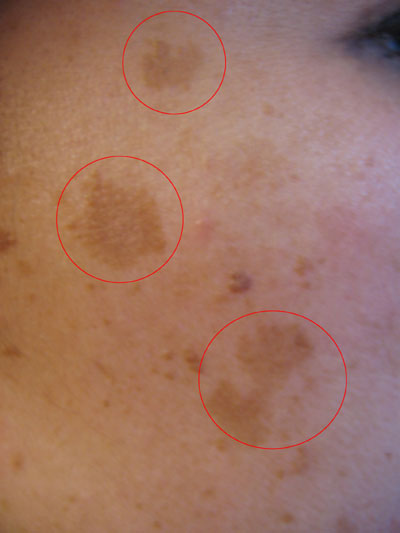Melasma takes a significant toll on a female’s self-esteem, according to a pilot study published in the International Journal of Women’s Dermatology.
Women are more likely to develop melasma than men. Gray or brown patches typically appear on the cheeks, nose, above the upper lip, and chin. The condition isn’t associated with any symptoms, and it’s most commonly found in women of color. People who’ve had a family with melasma are more likely to develop the patches. Sun exposure and hormonal changes can provoke melasma. Birth control pills and hormone replacement therapy can also trigger it, and people often experience reoccurring melasma when they don’t practice strict precautions when out in the sun.
The researchers from the department of dermatology at the University of Texas Southwestern Medical Center in Dallas interviewed six female patients with moderate to severe melasma. The patients were being treated with oral tranexamic acid 325 mg twice daily and triple combination cream with 6% hydroquinone, 0.0125% tretinoin and 0.1% dexamethasone once a day. To understand how the condition impacted their mental health, the researchers asked the women the following questions:
- “How noticeable do you think your melasma is to others?”
- “Does your melasma have an impact on your sense of self-worth/self-esteem?”
- “Has your self-esteem improved after being treated for your melasma?”
The patient responses indicate that melasma has had significant repercussions on their day-to-day lives. “[I] look in the mirror [at my melasma]… every morning, every night. There were years, during which almost every day I would complain about the melasma,” said one patient. Another explained the shame she carried because of the condition: “If someone came to the door, I [would] immediately look down, look away, or not make eye contact.” According to one patient, the patches can feel like an obstacle in social situations. “I always felt self-conscious about it; in that group of people, where everyone was so pretty and so well dressed, here I was with [dark stains] on my face,” she said.
Most of the patients noted that their quality of life had improved with their prescribed regimen. With their patches subsiding, many said they now felt more comfortable in social situations and had experienced a rise in their self-confidence.





